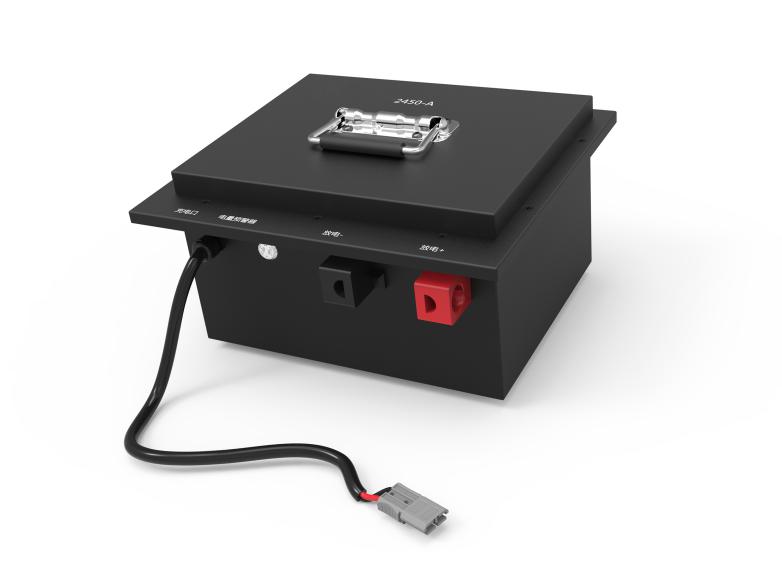- 20
- Dec
Improved solar cell performance!
As we all know, solar energy is the main source of light energy. Silicon panels can convert light into electricity, and traditional tandem solar lithium batteries can do this more effectively by absorbing additional wavelengths of light.
Not only that, the researchers have realized that using a dual-series configuration, it is a new system that uses a traditional silicon-based and another layer of peroxide made of a “series” combination of new systems, which can collect more energy and capture A lot of wasted, reflected and scattered light from the ground (called “albedo”) to significantly increase the current of the series solar cells.

On January 11, 2021, the International Cooperation Organization, including researchers from King Abdullah University of Science and Technology (KAUST) and UT School of Engineering) published an article titled “High Efficiency Based on Band Gap Engineering” in the journal Natural Energy. Peroxide/Double Monocrystalline Silicon Solar Cell” (EfficientbifacialmonolithicperovskitePaper/Silicontandemsolarcellsviabandgapineering) article.
This paper outlines the team’s entire process of designing peroxide/silicon devices to exceed the currently accepted performance limits of series configurations.
Team members completed this research together. Among them, Dr. Michele DeBastiani put forward a research idea and made the device together with alessandro j. Mirabelli.
University of Toronto electronic and computer engineering postdoctoral fellows YiHou, Bin Chen and Anand S. Subbiah developed the peroxide band gap, while Erkan Aydin and Furkan H. Isikgor developed the tandem top contact and layout.
The conclusion of this study is that the double-sided monolithic peroxide/silicon tandem solar cell utilizes the diffuse light albedo in the environment, and the performance is better than that of the single-sided peroxide/silicon tandem solar cell. The research team first reported the results of the outdoor test. Under a single AM 1.5g sunlight, the certified power conversion efficiency of double-sided series exceeded 25%, and the power generation density was as high as 26 mwcm-2.
At the same time, the researchers studied the peroxide band gap required for optimal current matching under various real illumination and albedo conditions, compared the characteristics of these double-sided pillars exposed to different albedo, and provided a comparison between the two Calculation results of energy production in a location with different environmental conditions.
Finally, the team compared outdoor test locations with single-sided and double-sided peroxidase/silicon strings to demonstrate the added value of tandem duality to locations with actual relevant albedo.
The main body of the new tandem solar cell is composed of a silicon layer and a peroxide layer. At the same time, they are combined with many other compounds. Professor Stefaan DeWolf said. “The main challenge is the complexity of the tandem device. There are 14 materials involved, and each material must be perfectly optimized to take into account the influence of albedo.”
said Dr. Michele DeBastiani, the co-lead author of the study. “By using albedo, we can now generate much higher currents than traditional bipolar membranes without any increase in manufacturing costs.” The authors of the study include Professor Ted Sargent and postdoctoral researcher YiHou in the Department of Electrical and Computer Engineering at the University of Toronto.
has conducted research on the potential of capturing indirect sunlight in the past, but has not conducted experimental tests. In addition to the University of Engineering and Technology, researchers at King Abdullah University of Science and Technology (KAUST) also collaborated with collaborators from Karlsruhe Institute of Technology and the University of Bologna to solve the science needed to incorporate indirect sunlight into the energy harvesting capabilities of their modules And engineering challenges.
Then, under outdoor conditions, they tested double-sided tandem solar cells and achieved efficiency surpassing any commercial silicon solar panels.
“Single bifacial silicon solar cells are rapidly increasing their share in the PHOTOVOLTAIC market because they can provide a 20% relative performance improvement. Using this method in peroxide/silane can be more effective than traditional silicon solar cells. And can reduce the cost of raw materials.” Professor Stefaan DeWolf concluded. DeWolf and his colleagues developed this technology in collaboration with teams in Canada, Germany, and Italy.
In the conclusion of the paper, the researchers proved through experiments how to use the double-sided feature to improve the performance of the entire peroxide/silicon structure. Due to the use of a narrow peroxide band gap, device structures with transparent back electrodes rely on albedo to increase the current generation of the bottom cell and at the same time increase the current generation of the top peroxide cell.
This matching is achieved for peroxides with a band gap of 1.59-1.62 eV. Compared with the single-sided peroxide/silicon series, the bromine content is the smallest, so the stability related to halide segregation is greatly reduced. problem. The team evaluated the performance of the double-sided tandem structure in field tests, and predicted the energy output of the double-sided and single-sided tandem structures under different climatic conditions.
In both cases, the tandem is better than the single-sided structure, which shows the promise of this technology. This work shows the potential of a new class of high-efficiency solar cells that can use high-performance but low-cost technology to close the gap with the 30mwcm-2PGD barrier.
From here, further improvement of equipment performance and expansion of technology scale are the next logical steps to bring this technology closer to the photovoltaic market.
Professor Christophe Ballif, director of the Photovoltaic Laboratory of the Federal Institute of Technology in Lausanne, Switzerland, did not participate in this research. He said. “This paper provides the first clear experimental evidence for a double-sided tandem device. The quantitative analysis of performance reported by the researchers is very important for establishing the stable equipment required for this technology to enter the mass market.”
